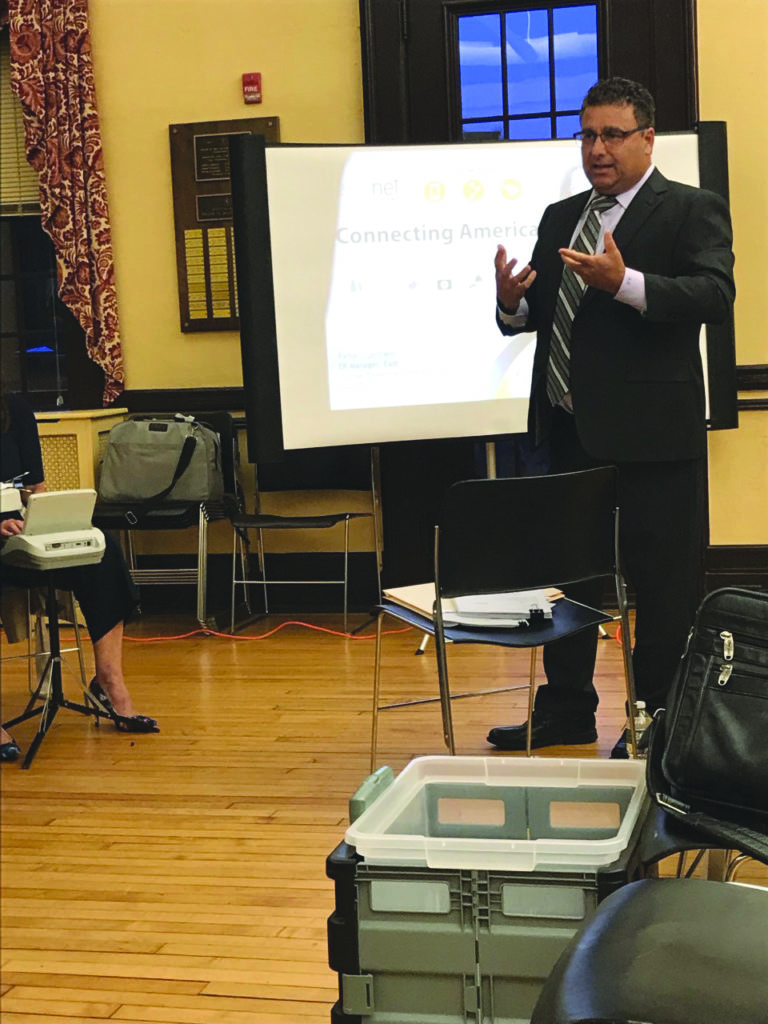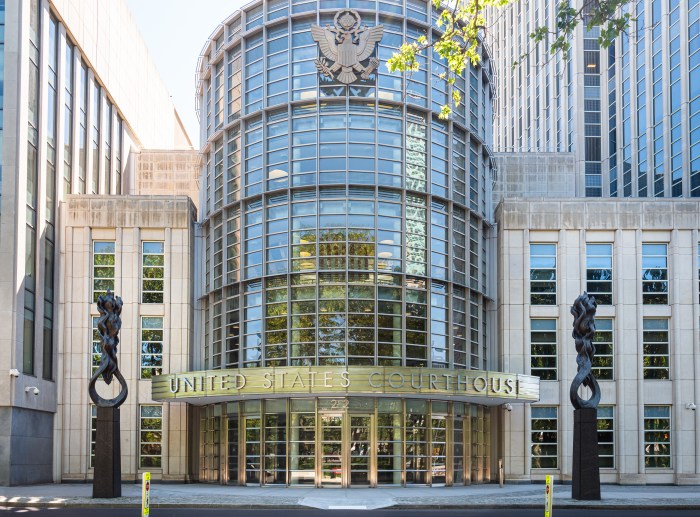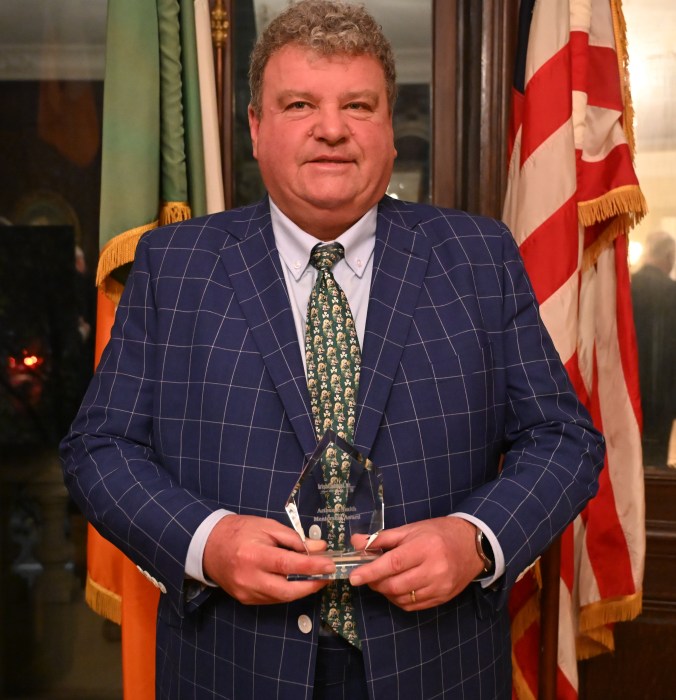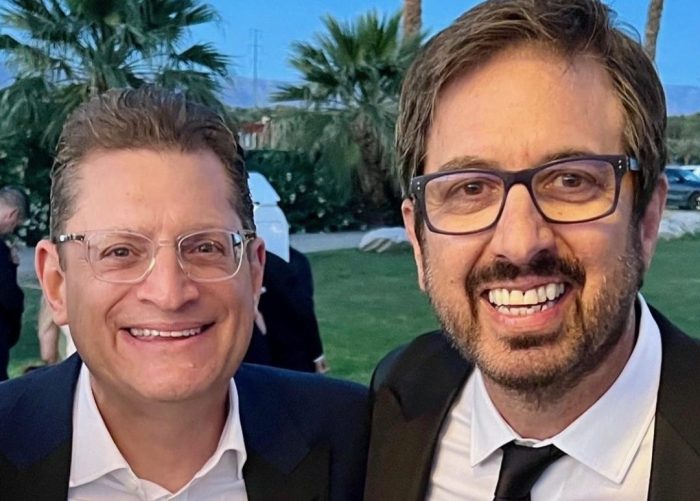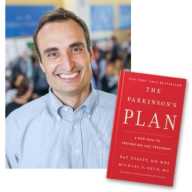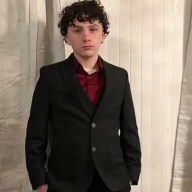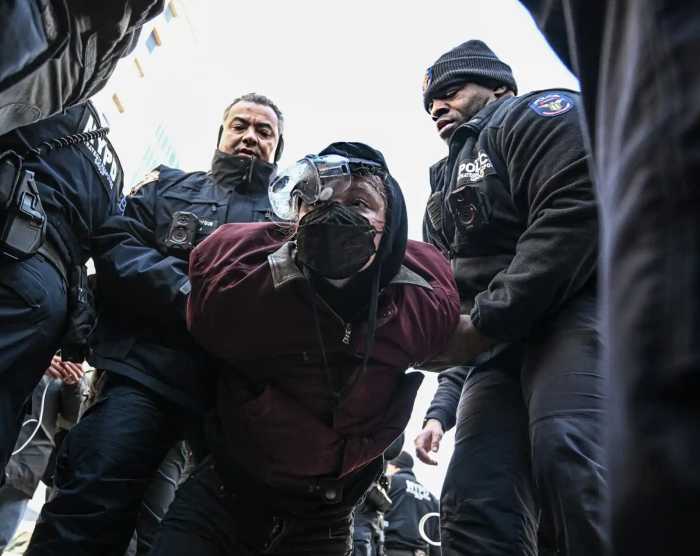The deadline of June 22 is fast approaching for the Plandome Board of Trustees to make a decision on the ExteNet application to place 10 small cell nodes in the village. As of publication, the Village of Plandome has asked ExteNet for an extension on the deadline and ExteNet has not yet responded to the request.
It is presumed, as has happened in most other municipalities of similar situations, that ExteNet will accept the extension request. Even though ExteNet might feel that the board has the information to make a decision, they often accept these requests to carry favor to a judge—if the situation comes to that—showing they negotiated with the village in good faith.
At the June 10 public hearing, Plandome Trustee Donald Richardson stated that the village hired a consultant, CityScape, to help make a decision on the ExteNet application. Richardson also said that CityScape would make a decision by the end of the week (June 14). The extension was then requested later that week.
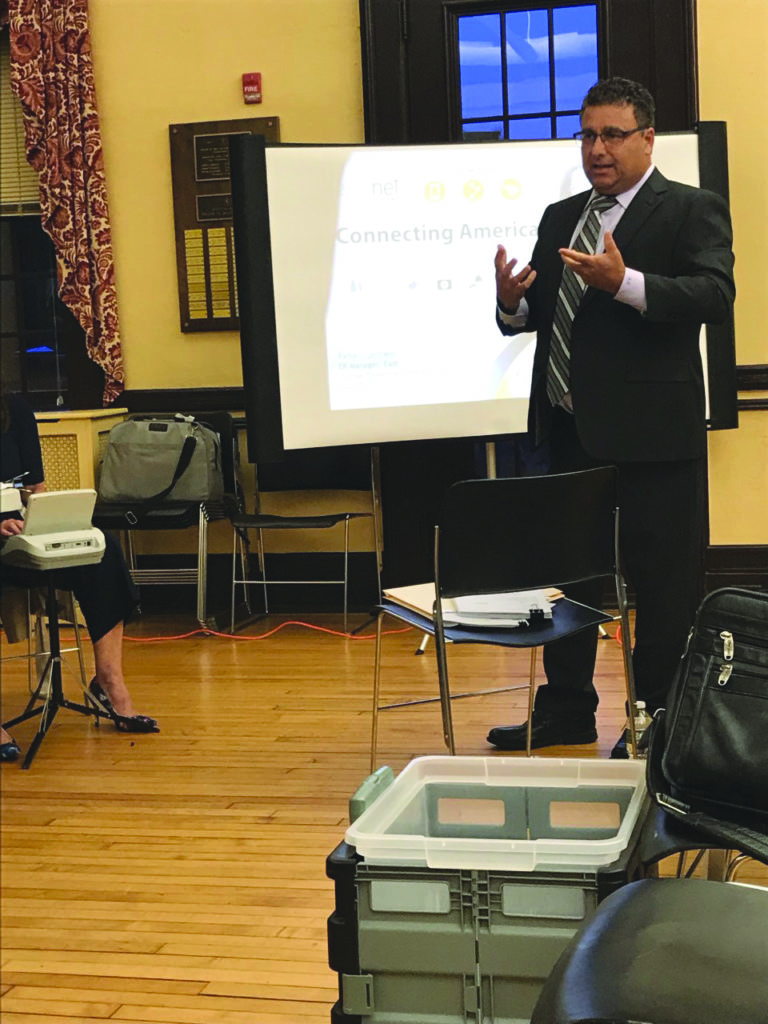
The star of the public hearing was neither a member of the board or ExteNet, but attorney Andrew J. Campanelli. Campanelli is representing about 40 Plandome residents and 65 in total between Plandome, Flower Hill and Lake Success in opposition of the installing the small cell nodes.
On behalf of his clients, Campanelli is contesting the installation of eight of the 10 cell nodes. Those eight nodes are node 42, node 46, node 47, node 50, node 51, node 52, node 53 and node 56.
“I put in formal opposition to eight [cell nodes],” Campanelli told Manhasset Press. “Provided evidence that the installation of the specific eight that I targeted would have significant adverse aesthetic impact on the homes and reduce property values based upon experts in the area. The property values reductions would translate to literally millions of dollars in lost property values.”
Every time Campanelli finished talking during the public hearing, he was met with roaring applause from the packed house of residents. He became a rockstar in village hall equipped with a suit and cuff links.
“I have looked at Verizon’s data, and I don’t think these nodes on these three applications have anything to do with 4G,” said Campanelli, who used to work for a wireless-infrastructure company before he switched sides after seeing the health effects to children that emanate from cell towers and nodes. “I think these nodes are for 5G, that’s what I think. They deny that, but it makes no sense to me. I have been doing this for 25 years, these applications make no sense to me.”
He ridiculed ExteNet for their incomplete application that he says does not provide a driving test and an accurate coverage map to the board.
“I would say in 95 percent of the applications I have handled, the applicants have provided false or misleading information to the local government—that is the rule of thumb,” said Campanelli. “Normally, they come into the town or village and they do an actual drive test. There is no drive test, they said Verizon did it, nonsense, if Verizon did the drive test, they would give you the drive test data. Whenever you don’t see that, they are not giving you the straight story—they are not showing you where the actual gaps are.”
Campanelli would tell the board to deny the current application in front of them because of the lack of information provided by ExteNet to accurately determine how many nodes and the location of the nodes.
“I don’t think the goal should be to limit the number of nodes or even the location of nodes,” said Campanelli, who represents clients battling wireless-infrastructure installation across the nation. “The very first thing you need to do is find out the gaps of Verizon’s 4G service. You need to figure out exactly where those gaps are and from that starting point, figure out how to remedy those gaps. Right now, they are claiming there is capacity deficiencies and that is almost impossible to tell unless Verizon gives us drop call information.”




